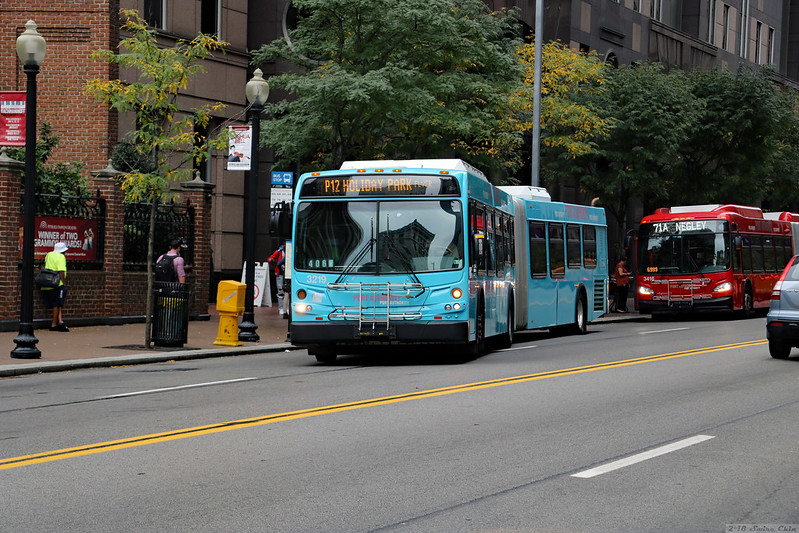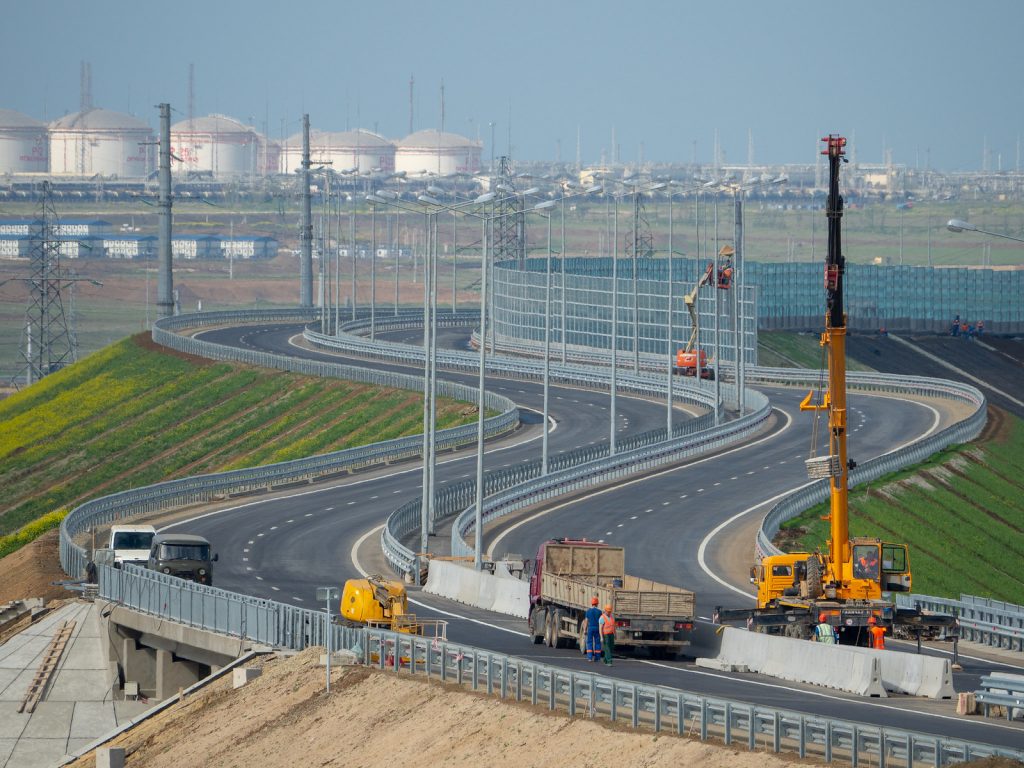
“Shovel-ready” projects just dig a deeper hole

Investing in “shovel-ready” projects—projects that are allegedly ready to go but just lacking funding—is an attractive idea for stimulating job growth. But as we learned in the 2009 stimulus, “shovel-ready” projects often aren’t all that shovel-ready, are frequently old road projects designed for the needs of the last century, fail to create jobs, and won’t help us build a safer, cleaner, and more equitable transportation system.

“Shovel-ready” was a good candidate for phrase of the year back in 2009, as the federal government put together a massive stimulus package to jumpstart the economy during the Great Recession. Elected leaders from both parties were enamored with the idea of pumping billions of dollars into so-called shovel-ready projects, putting millions of Americans back to work in the process. On paper it seemed like a great idea—except it didn’t really work. As Congress faces a new economic crisis from COVID-19, talk of “shovel-ready” infrastructure investment is starting to creep into the discourse again.
It would be wise to just stop it.
First, “there’s no such thing as shovel-ready projects,” as President Obama reflected in late 2010, after championing “shovel-ready” infrastructure spending early in his first term. The Federal Highway Administration doesn’t even use the term. When all was said and done after the Recovery Act, it was pretty clear that most “shovel-ready” infrastructure projects took months or years to get off the ground, versus the days that the Obama administration was hoping for at the time.
Second, even if we could throw billions at highway projects—the thing the federal transportation program was (and still is) designed to pour money into most rapidly—those projects won’t create the most jobs or deliver the greatest return on investment. In fact, of all the ways you could invest in infrastructure, new road construction is the least effective category for creating new jobs. If the goal of a stimulus is to create jobs, then investing in “shovel-ready” projects won’t do it.
Take for example the Alabama Northern Beltline project—a 52-mile proposed highway that would circumvent Birmingham at an estimated cost of $5.3 billion—that’s been on the books for decades. Slated for completion in 2054, nearly three decades away, it’s a good poster child for what “shovel-ready” often looks like with one, unfinished 1.3-mile section of it built and $155 million spent before Alabama ran out of state and federal money and the work stopped. This ill-conceived dinosaur of a project might employ some people, and it’s certainly a hole for us to sink money into, but it will also lead to more pollution, more driving, and only further entrench systemic inequities in our transportation system that COVID-19 has laid bare for all to see. But if our goal is to build back better—to meet pressing needs, employ more people, and create a more resilient society—this project, and “shovel-ready” projects like it, are not the answer.
Just because a project is supposedly “shovel-ready” doesn’t mean that it will meet today’s needs or make any long-term sense.
Ready for a different kind of infrastructure investment
Last month we released a short report—Learning From the 2009 Recovery Act—that provided six lessons learned from the last stimulus and six recommendations for the next. When it comes to creating jobs, we found that investments in public transportation “produced 70 percent more job hours” than equal investments in road projects. And while the 2009 stimulus prohibited populous (>200,000) areas from spending any money on transit operations, that’s an urgent need right now in rural and urban areas alike and would produce the most jobs of any infrastructure spending. Funding transit operations is essentially 100 percent jobs, allowing transit agencies to avoid layoffs, hire more workers for ramped-up cleaning, and run more buses and trains to prevent crowding. If Congress wants to produce more jobs, let’s invest in operations for existing transit. “Operations-ready” if you will, no shovel required.
Beyond transit operations, we found “transit preventive maintenance had by far the highest direct job-per-dollar result, followed by rail car purchase and rehabilitation, transit infrastructure, and bus purchase and rehabilitation.” Similarly, there is a huge unmet need here, with an estimated $98 billion backlog in deferred transit maintenance and replacement according to the U.S. Department of Transportation. “Repair-ready” transit projects would create much needed jobs and address urgent needs that “shovel-ready” funding likely would not.
Repairing our roads, bridges and other infrastructure can also create jobs, but only if Congress actually stipulates that funds are spent on repair. “Crumbling infrastructure” is the rhetoric that’s always used to plead for more infrastructure money but then repair is mostly neglected once the money arrives in state DOT coffers. Time and again, including in the 2009 stimulus, when Congress has given states the flexibility to spend funds on repairing roads and bridges or building new roads, the vast majority choose to build new roads instead.
Every roadway repair project is also an opportunity to identify safety issues, particularly for the most vulnerable users, and make improvements. Most roadways today are designed for speed, not safety, resulting in the carnage that we see on our roads every year. But many localities are interested in redesigning roads to make them safer. And in the era of COVID-19, many localities are also redistributing public road space, opening it up for people that need more space to move while physically distancing. These redesigns can often be achieved with nothing more than plastic posts, potted plants, and paint, and usually lean on the existing transportation, bike/ped, or other mobility plans that localities have adopted. Supporting these “paint-ready” efforts can help us create more livable communities while improving our existing infrastructure.

Rainbow Crosswalk at Christopher Street and 7th Avenue in celebration of NYC pride month Manhattan
Focusing on some mythical “shovel-ready” projects for any future stimulus is an unwise use of public funds, and Congress must ensure that funds actually accomplish their goals, such as creating the most new jobs, actually addressing the repair backlog, improving safety and access, and building infrastructure that will support a long-term recovery.
We need a new way of thinking
It is time for change, but that will only happen if Congress learns from the past and uses the possibility of any stimulus (and the certainty of upcoming transportation legislation) to support different kinds of projects.
We want safer projects—streets that will save lives with slower speeds that are safer for people walking, biking, and rolling. We need cleaner projects—the transportation sector is the largest source of carbon pollution and a major source of other air pollutants that harm public health. We need more equitable projects—Black Americans are dying at disproportionate rates from COVID-19, due (in part) to decades of higher exposure to transportation-related pollution.
We should not use the need for a quick economic stimulus as an excuse to speed up poorly-conceived projects designed in the last century—projects that will fail to serve our needs today and tomorrow.



